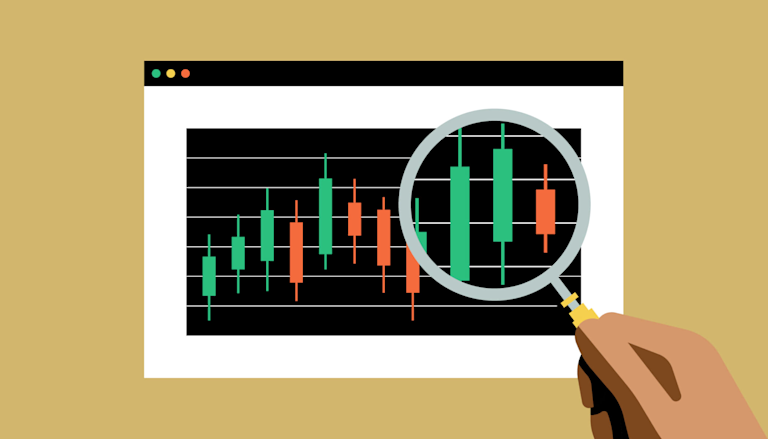
Effective Crypto Trading Strategies for 2023
In the rapidly evolving world of digital currencies, having a solid strategy is crucial for successful trading outcomes. With Bitcoin and other cryptocurrencies showing significant volatility, traders must employ diverse tactics to navigate the complexities of the market. In this article, we will explore various Crypto Trading Strategies visit website strategies that can help both novice and experienced traders maximize their profits while minimizing risks.
Understanding the Basics of Crypto Trading
Before diving into specific strategies, it’s important to understand the fundamentals of crypto trading. Crypto trading involves buying and selling cryptocurrencies with the aim of making a profit. It can be performed on numerous exchanges, each offering different features and trading pairs. Understanding key concepts such as market capitalization, liquidity, and volatility is essential for anyone looking to trade effectively.
Technical Analysis: Reading the Charts
One of the most common strategies used in crypto trading is technical analysis. This method involves analyzing price charts and using various indicators to predict future price movements. Traders can use tools like moving averages, Bollinger Bands, and Relative Strength Index (RSI) to identify buying and selling opportunities.
1. Moving Averages
Moving averages help smooth out price data to identify trends over time. The two most commonly used are the Simple Moving Average (SMA) and the Exponential Moving Average (EMA). Traders may look for crossovers between short-term and long-term moving averages to signal potential buy or sell opportunities.
2. RSI and Momentum Indicators
The RSI is a momentum oscillator that measures the speed and change of price movements. Traders often use it to identify overbought or oversold conditions. A reading above 70 may indicate that a coin is overbought, while a reading below 30 suggests it is oversold. This information can guide traders in making informed decisions about entry and exit points.
Fundamental Analysis: Looking Beyond the Charts
While technical analysis focuses primarily on price movements, fundamental analysis dives deeper into the underlying factors that influence a cryptocurrency’s value. This includes evaluating the technology behind a coin, the team involved, market demand, and regulatory developments.
1. Project Evaluation
A trader should look for projects with real-world applications and a solid development team. Understanding a project’s whitepaper can provide insights into its long-term viability and potential for growth.
2. Cryptocurrency News and Events
Keeping abreast of industry news is crucial. Major announcements, partnerships, or government regulations can significantly influence a cryptocurrency’s price. Traders who can act quickly in response to news often gain a competitive edge.
Risk Management Strategies
No trading strategy is complete without a solid risk management plan. Protecting your capital should be a priority when trading cryptocurrencies. Here are a few strategies to consider:

1. Setting Stop-Loss Orders
Stop-loss orders are a critical tool in risk management. By setting a predetermined price at which a trade will automatically close, traders can limit their potential losses. This is especially important in the volatile crypto market, where prices can fluctuate rapidly.
2. Diversification of Portfolio
Diversifying your portfolio across multiple cryptocurrencies helps mitigate risks associated with holding a single asset. By investing in a variety of projects, traders can reduce the impact of poor performance from any one coin.
Trend Following and Momentum Trading
Trend following is a popular strategy among many traders. The idea is to identify the direction of the market and make trades that align with this trend. Momentum trading takes this a step further by looking for assets that are moving significantly in one direction, either up or down, and taking a position in that direction to capitalize on continued movement.
1. Identifying Trends
Traders can identify trends using tools such as trend lines or patterns like triangles and head-and-shoulders. Being able to recognize these formations can provide crucial insights into market sentiment.
2. Using Volume for Confirmation
Volume is a key metric that indicates the strength of a trend. A price movement accompanied by high volume is usually more reliable than one with low volume. Traders often look for volume spikes as a confirmation signal before making their trades.
Scalping: High-Frequency Trading
Scalping is a day trading strategy focusing on small price gaps created by order flows or spreads. Scalpers aim to make dozens or even hundreds of trades in a single day, taking small profits each time. This strategy requires quick decision-making and a solid understanding of the market dynamics.
1. Efficient Execution
To be successful in scalping, traders need to have access to fast execution and low transaction fees. The quicker they can execute trades, the more opportunities they will have to capitalize on small price fluctuations.
2. Risk Management in Scalping
Since scalping involves many trades, it’s crucial to have strict risk management rules. Consistently applying stop-loss limits for each trade can help protect against larger losses.
Conclusion: Finding Your Edge in Crypto Trading
In conclusion, successful crypto trading requires a comprehensive understanding of various strategies, encompassing both technical and fundamental analysis, risk management, and methodologies unique to the fast-paced crypto market. By employing these strategies and continuously educating oneself about market trends, traders can find their edge and navigate the cryptosphere with confidence. Remember, the key to success lies in discipline, patience, and a willingness to adapt to the ever-changing market landscape.
